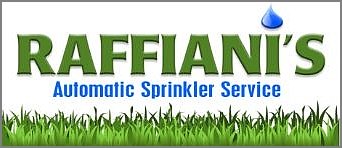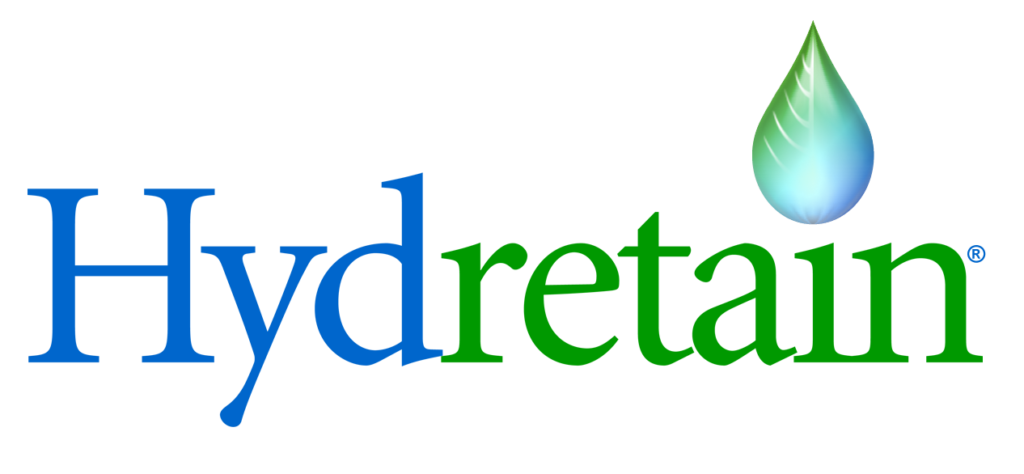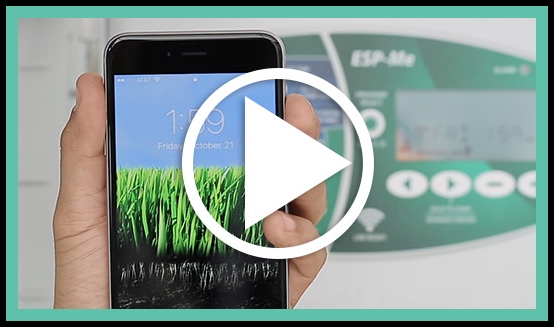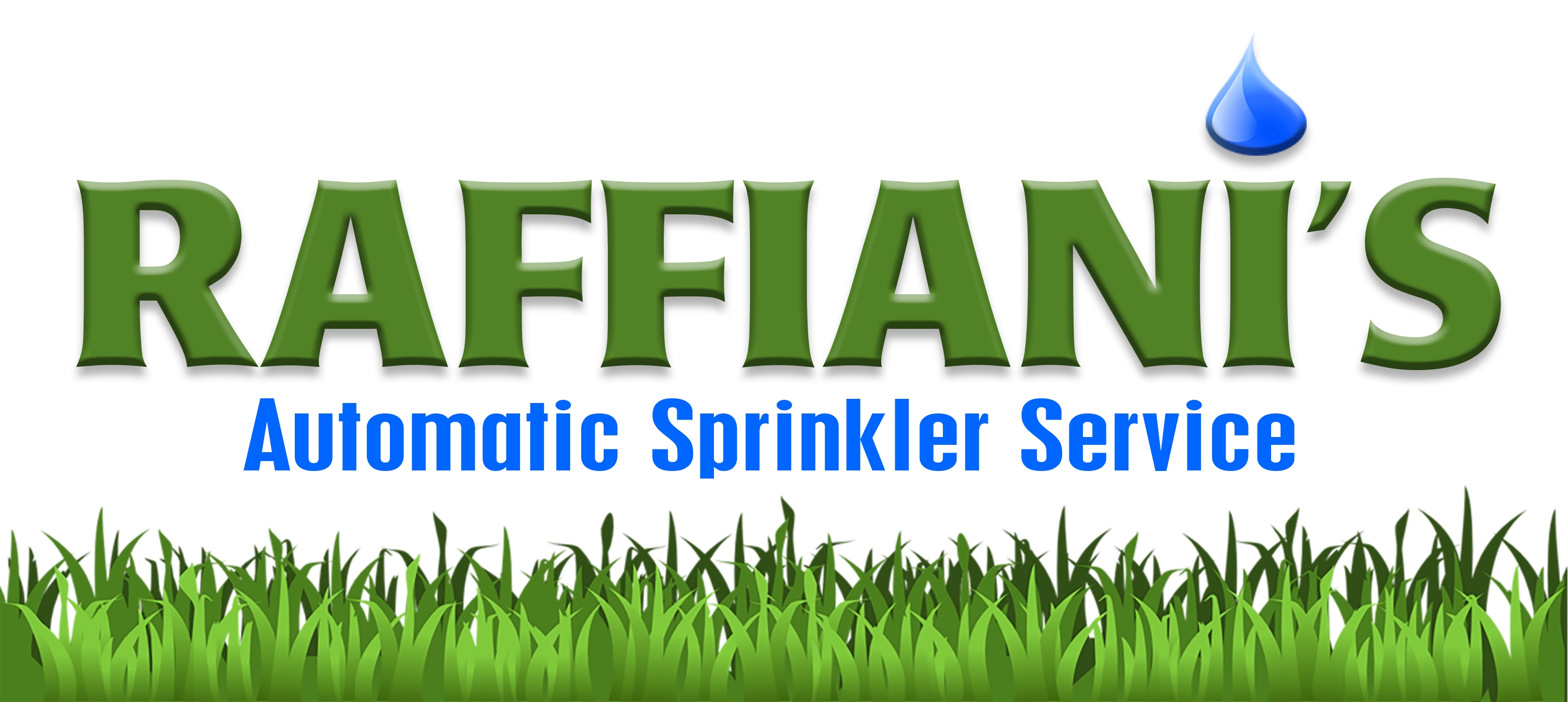Your Headline
Plant Survival Tips for a Looming Drought
I have been closely watching the drought in the Northeast for the past eight weeks during July and August and what I see is not pretty. If precipitation does not improve, and soon, we will see a drought declaration come down from our state government.
Regardless of a drought declaration there are many ways to ensure the survival of your recent and proposed plant installations. For example, I have noticed an increase in the use of standard soaker hoses that are commercially available and are laid out and connected to a hose faucet:
A common practice is to run the soaker hoses along one or both sides of new plantings:
While this would appear to be a good stopgap measure the problem with these hoses is the pressure gradient that decreases the further away from the supply. A direct result of this is less water to the plantings towards the end of the soaker hose and more near the beginning. A simple way to correct this and continue to use these hoses is to employ a common irrigation practice called “hydraulic looping”. By suppling your soaker hoses from each end, the pressures and discharge rates are evened out. It can be as simple as adding another garden hose to the system then connecting it to a “Y” hose adaptor and coupling it to the other end of the soaker run:
A more permanent approach would make use of standard irrigation drip line tubing placed under the mulch layer:
Drip lines come in many discharge rates that are specified in gallons per hour (GPH). Some sample emitter discharge rates from various manufacturers are (but not limited to) 0.33, 0.4, 0.53, 0.6, 0.77 and 0.9 GPH. Additionally, the emitter spacings are available in 8, 12-, 18-, 24- and 36-inch varieties. This affords the end user many design choices. However, without a deeper knowledge of drip irrigation design principles I recommend that occasional users of drip lines for plantings pick a product that has 12-inch emitter spacings and a discharge rate between 0.6 and 0.9 GPH.
As an example, the drip line selected for this application is a 0.9 GPH emitter with a 12-inch emitter spacing:
If the drip line is placed on each side of the plants 18 inches apart then the amount of water put down in one hour would be approximately 0.96 inches from the chart below. If the timer is set for 20 minutes then the amount of water applied would be approximately 0.32 inches- a good drink for those newly planted thirsty green giants!
It is always good advice to use application rate charts such as the one above. When planting in hard, poorly drained soils it is important not to over water. Use of application charts can ensure that you do not run the drip line too long. For these soils shorter run times are called for with sufficient time in between cycles so as not to have your plant’s roots swimming in a bowl.
A simple inline filter and pressure reducer is needed and with the proper fittings can be hooked up to a hose faucet:
Since the nature of today’s consumer cannot be depended upon to water as directed the addition of a battery hose faucet
timer will yield a more complete solution to keeping your plantings alive and thriving.
A more economical and temporary product that performs the same functions as drip line is drip tape:
It too is available in several discharge rates and requires simple fittings, a pressure regulator and a filter to connect to a water supply. While soaker hoses and 16-17mm drip lines cost 30-40 cents per foot most drip tape is available for as little as 11 cents per foot. This makes it a significant cost saving product when used as a drought watering backup on numerous plant installations.
Another approach to ensuring your planting’s chances at survival are soil additives that hold water or allow improved use
of the water already in the soil profile. One such product is Turface which is a composed of similar material in clay garden pots but pelletized to add into soil and serve as a moisture management tool:
Turface is widely used and has many qualities such as improved water retention, adding space for air and nutrients to the roots, soil stability and more usable water when at the moisture level known as “field capacity”.
Other products such as hydrogels and hydrogel crystals were used in the past but the toxic natural of them contributed to their waning popularity and are not on my recommended list.
This brings us to the final product I have used in the past when faced with drier areas with minimum available irrigation-Hydretain AKA “Moisture Manager”:
The product comes in both liquid and granular forms. The best way I can describe it comes directly from the company’s website:
Hydretain is a completely different concept for root zone moisture management
Hydretain is not another wetting agent, surfactant or super absorbent polymer crystal. It is actually a liquid group of hygroscopic and humectant components that attracts moisture. In other words, by acting like tiny “water magnets,” they form microscopic droplets within the root zone. As a result, this process allows plants to utilize soil moisture which would otherwise be lost to evaporation. Now that’s good science.
The way it works is quite interesting. In the soil profile not all the water present is available to the plants. In fact, only about 50% of all water in the root zone can be drawn upon by plant roots before the remaining water adheres tightly to soil particles. At this point plant stress becomes so pronounced that the Permanent Wilting Point (PWP) signals plant death:










